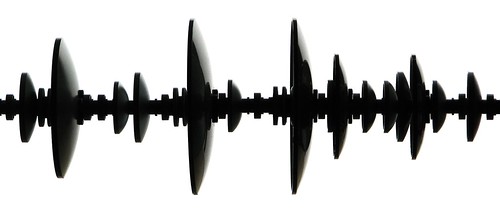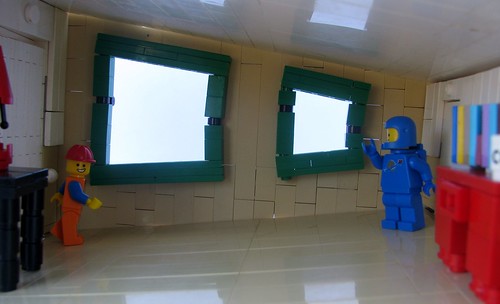
Thursday, August 27, 2015
Waveform
Light and sound can be described as waves traveling through some medium. A simple wave can take an easily described form such as a sine function, but if you put a bunch of waves together, such as a burst of many wavelengths of light or a musical chord, the waves add together in constructive and destructive ways to get a much more complex waveform, such as this shown by Matt De Lanoy. I wonder if you can perform a fourier transform on a stack of LEGO elements.


Wednesday, August 19, 2015
Friday, August 14, 2015
Lab competition
Seen via Brickset: Chemistry lab equipment manufacturer Radleys is holding a Build a Lego Lab contest! Read the article for full rules and details, but here are the highlights:
-Your lab could be either realistic or fantasy based (e.g. they suggest ideas including Marie Curie's experiments with uranium, or a Frankestein's monster setup)
-Adult and kid categories
-International competition, so you don't have to be in the UK to compete
-Winners will get a gift certificate to a LEGO Store or Lego.com
Let me know if you enter, and I'll feature your MOC here as well. I fully expect a SciBricks reader to win this.

-Your lab could be either realistic or fantasy based (e.g. they suggest ideas including Marie Curie's experiments with uranium, or a Frankestein's monster setup)
-Adult and kid categories
-International competition, so you don't have to be in the UK to compete
-Winners will get a gift certificate to a LEGO Store or Lego.com
Let me know if you enter, and I'll feature your MOC here as well. I fully expect a SciBricks reader to win this.

Friday, August 7, 2015
Ames room
Kai NRG/Geneva built an Ames room. This is an optical illusion where the room is distorted, but your mind assumes that it is actually square, and so objects on one side look much smaller relative to the ceiling, but objects on the other side look much larger. In a true Ames room, the left-hand side of this scene should be much further from the viewer, which leads to a more perfect illusion because both the effect of distance and the trapezoidal shape of the room add to the effect.


Wednesday, August 5, 2015
Illusive Hobbit Diner
The illusive Hobbit Diner by Letranger Absurde is an example of the 'cafe wall illusion', where the pattern of white and black blocks makes straight lines look crooked. I previously explained how this illusion works. BTW, for me the illusion works better in the scene with a bare floor as for me the various details tend to distract the eye and break the illusion.


Subscribe to:
Comments (Atom)


